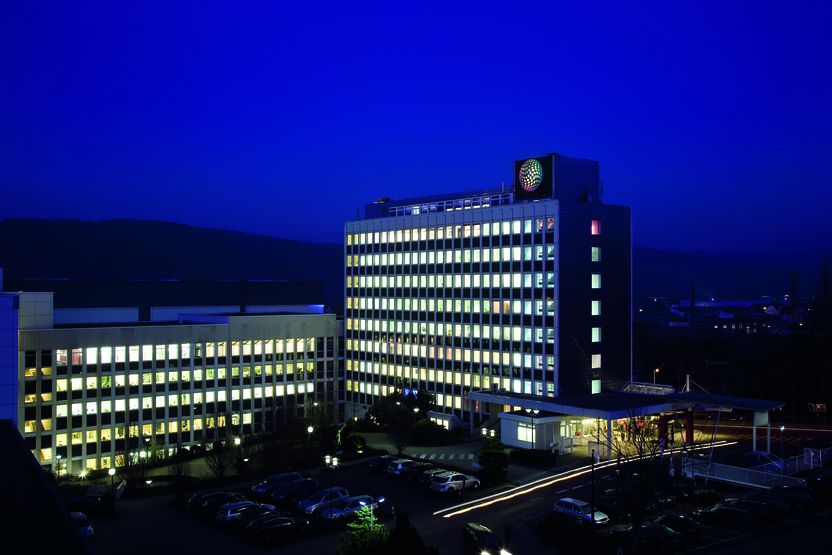
Preface

Craftsmanship, expert skill and entrepreneurial courage were the defining characteristics of Wilhelm Lenze (1877 – 1960) who established the foundation of our company in the Sauerland town of Menden more than 100 years ago (in 1912). In the beginning, components for the rapidly developing electrical lighting industry were fabricated in the founding family’s residential building based on their own designs and patents. Later, complete wall fittings for gas and electrical lighting were added. On travels through Europe, the company founder gathered experience reports on the demand for new products and sales opportunities. In 1934, the company began to produce and distribute luminaires for living quarters. Technology and quality were now the focal point of the company’s philosophy.
In 1949, the Wilhelm Lenze KG decided to limit production to luminaires for low-voltage fluorescent lamps, which were a new technology then. New control gear for these lamps and new manufacturing technologies had to be developed which was a challenge in terms of engineering performance. The tripled luminous efficacy of the new lamps when compared to incandescent lamps gave the TRILUX trademark its name.
The knowledge of new light sources and good lighting needed to be passed on through many publications and speaking events. Technical information on light and electrical technology has been a tradition for TRILUX since then. In 1956 the first TRILUX LICHTRATGEBER (light guide) was published in German language. Many updates followed.
From 1990, intense work was put into creating European lighting standards. This lead to a current demand for information all over Europe. For the German-speaking region, we were able to satisfy this demand with a planning aid based on the European standard EN 12464-1 “Lighting of indoor work places” (1st edition in 2003, 2nd edition in 2004). In the years 2007 and 2009, we followed up with a two-volume specialist book series consisting of the parts “Lighting practice – indoor lighting” and “Lighting practice – outdoor lighting”.
Now, in 2017, another update of the “Lighting practice” is needed. The rapid development in the area of light and lighting, particularly when it comes to LED light sources, are currently leading to significant improvements of lighting installations in terms of energy efficiency. An improved light quality can also be provided today, with justifiable investment. Moreover, demographic change in society is challenging our lighting engineers. All these aspects are taken on in European guidelines and standards, of which the revised “Lighting practice” provides a current overview.
In this context, we have seized the opportunity to also update the new “Lighting practice” in terms of its distribution medium. It is now being published both as an online tool and as a PDF file. Extensive interactive links and an expanded appendix with index and glossary are available to help the reader navigate through the topics of the “Lighting practice”.
With the English-language European version we intend to make the “Lighting practice” accessible to an even broader audience.
This way, we hope to make the “Lighting practice” attractive for any interested user. We would be happy to see a response to an extent similar to that which has met our previous information on light and lighting published in print for nearly 60 years.